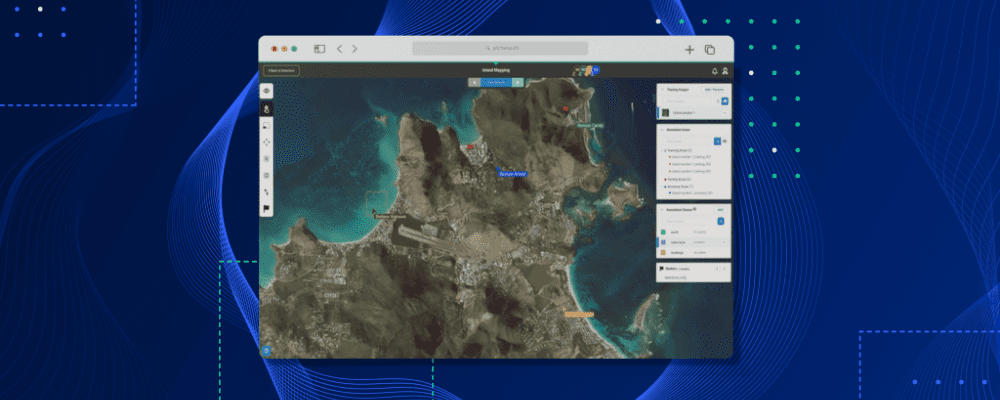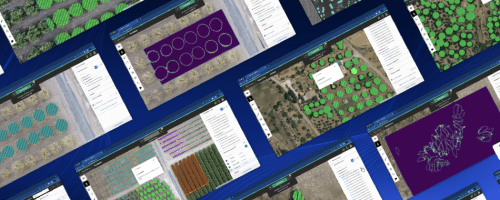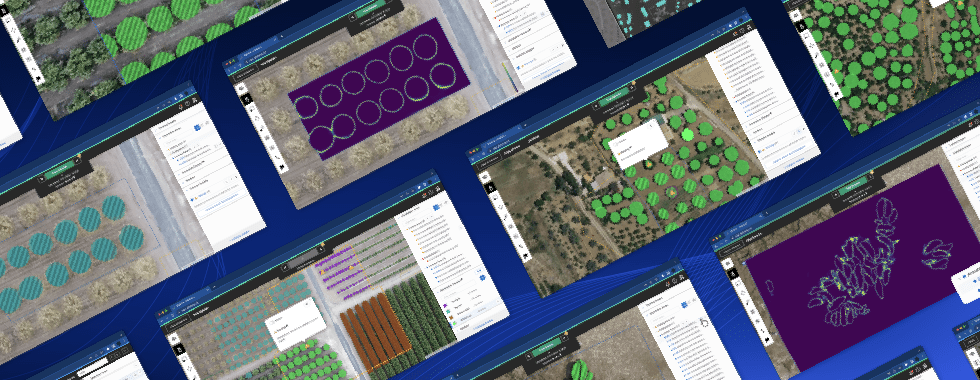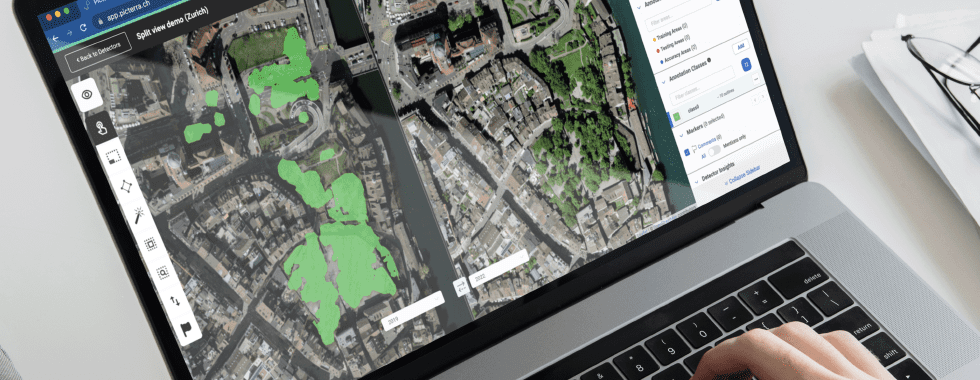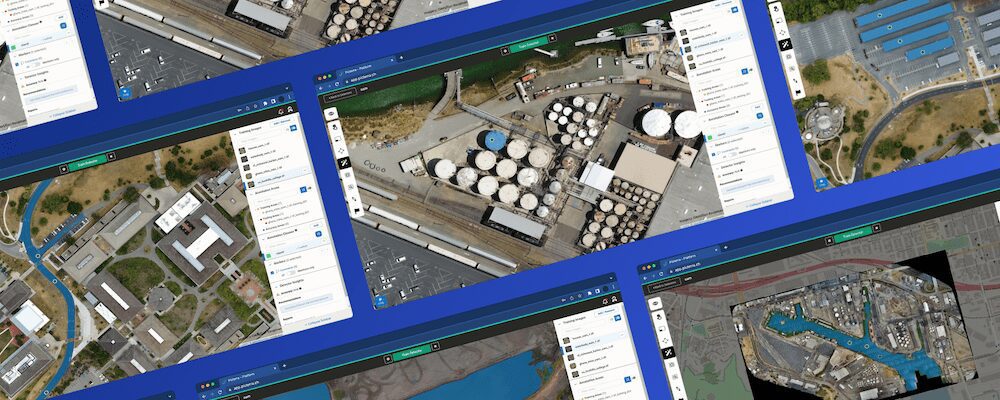At Picterra, we push the boundaries of Machine Learning (ML) for geospatial analysis by providing an easy-to-use ML platform that enables our customers to build their own geospatial applications and services.
The platform has been built in such a way that it is easily used and enjoyed by a wide range of users including ML engineers, GIS specialists, and Data Scientists. It helps them to streamline and align their day to day work by simplifying otherwise complex and time consuming model creation, testing, validation, and deployment.
Not only does this enable faster acceleration to full scale production but also helps business development & commercial strategy professionals discover new applications and use cases for ML that will drive business results.
In recent years ML has become much more applied and less theoretical with businesses across industry beginning to incorporate it into their strategic projects. As the access to geospatial data exponentially grows & demand for geospatial analysis accelerates across industries, teamwork and collaboration is becoming indispensable to get the job done in time & incorporate expert knowledge when building accurate and powerful models.
That’s why collaboration functionality is one of our key product development pillars in 2022.
Introducing real-time multi user training collaboration
Today we are very pleased to announce that we have launched new collaboration features allowing multiple users to enter the detector and cooperate on the model in real-time.
With this update team members can simultaneously share annotation tasks, instantly exchange ideas, raise questions, or check in for improvements all from within a new live chat interface. The status of assigned tasks can be managed by directly tagging specific users who need to take action with resolutions handled with the help of markers.
We have developed a short video that shows all of this functionality in action:
Why are these collaboration features needed?
Frequently our customers have an internal team collaborating on Picterra with a need for multiple users to share imagery and projects, add and review annotations, or evaluate and improve detection results. Often they also need to explain the models they have in various stages of creation in order to assure internal buy-in and justify putting them into production.
The advantages that can be realized using these features are:
Increased efficiency & improved time management
Improved quality & accuracy of the models
Put more projects into production
Assure feedback of the subject expert
We hope you’re as excited about these new features as we are. We truly believe that such functionality will allow teams of any size to take their machine learning models to the next level. Remember “if you take out the team in teamwork, it’s just work. Now who wants that?”.
